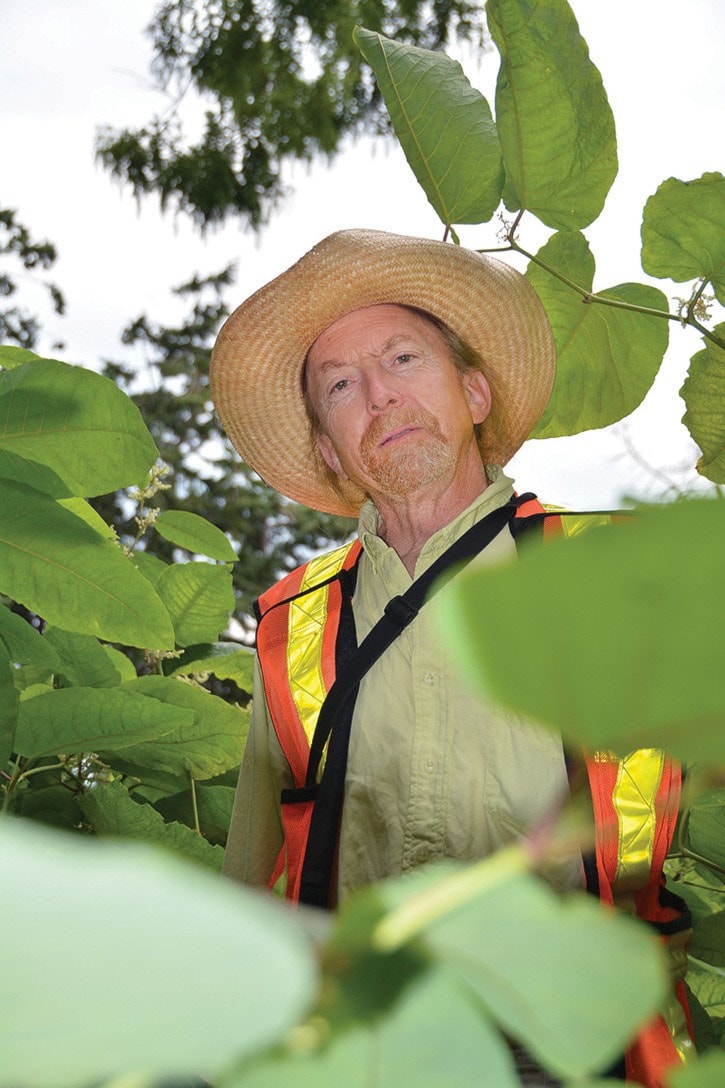The Capital Regional District is facing an invasion of knotweed, a bamboo-like plant described by the International Union for Conservation of Nature as “one of the world’s worst invasive species.”
The Coastal Invasive Species Committee (CISC) has been working with local municipalities in an attempt to prevent the introduction of knotweed to the CRD. CISC treated 120 sites of infestation last year, as well as 67 in 2012.
Executive director Rachelle McElroy cited an increased awareness of the plant as the reason for treatment almost doubling.
“Knotweed is quite widespread in the region, but not to the point where we can’t get ahead of it,” McElroy said. “More people are reporting it as they become more aware of what it looks like and the kind of damage it can do, and more people are learning that we offer free treatment.”
Knotweed is capable of growing four centimetres a day, though McElroy referred to the portion of the plan above surface as “the tip of the iceberg.” Knotweed spreads by the roots, and if left untreated, they can spread 20 metres wide and three metres deep underground.
Knotweed has been known to grow through concrete and home foundations. In the U.K., the plant has become a huge issue for property owners, even disqualifying some from taking out mortgages.
Knotweed can be identified by its hollow, bamboo-like stems, large green leaves, small white flowers and red colouring along the stems. Residents are asked not to cut, mow or compost knotweed, as this can lead to further spreading.
CISC treats knotweed by injecting a herbicide directly into the roots, effectively halting growth. McElroy noted the lack of a registered aquatic herbicide in Canada as an obstacle for prevention. This has lead to a higher rate of growth along streams, where knotweed competes with other plants, resulting in soil erosion and lower oxygen levels, harming salmon populations.
More information on knotweed can be found online at knotonmyproperty.com. If knotweed is found on your property, the CISC can be contacted at 250-857-2472 or by email at info@coastalisc.com.
